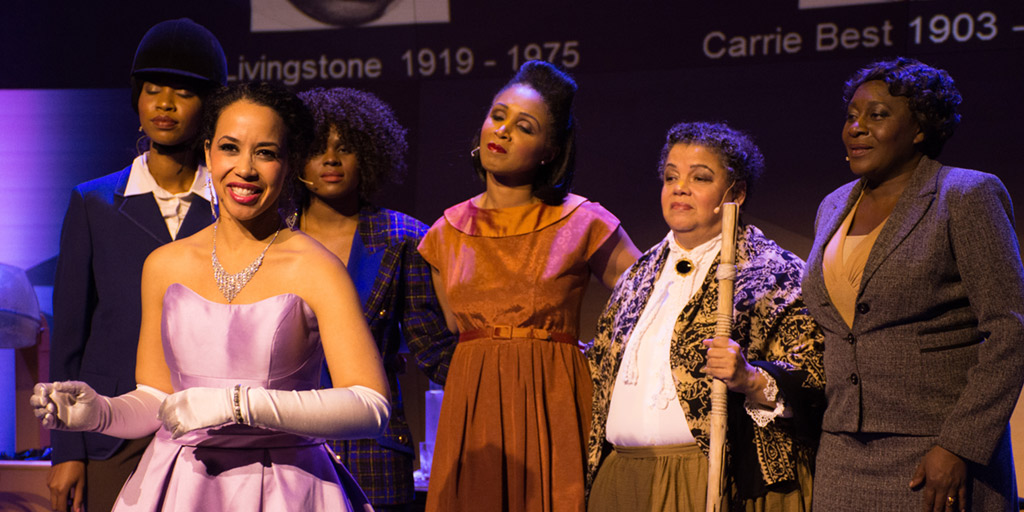The impact and importance of truly understanding Canadian history
 CREDIT: JEFFERSON HOUSE
CREDIT: JEFFERSON HOUSEFlowers and Thorns is a play that depicts the life of a number of black Canadian women who put a mark on Canadian history.
When I sat in the seats for this production, I did not know what to expect. All I knew was that the entire cast were black women, and that it touched on Canadian history. After the final bow and the house lights basked the audience once more, I had learned so much in so little time.
“[Flowers and Thorns] is a peak into some of the forgotten stories in Canadian history,” playwright and director Jason Rip said when describing the production at the Wolf Performance Hall on Jan. 26. “It is the intertwined stories of six black women from Canadian History.”
The past is never dead. More and more facts are brought to our attention on a daily basis. But why should we remember these women? Honestly, the world should know these women because of who they are and what they did: not because of their colour or gender.
Arguably the most well-known character within the production is Viola Desmond, played by Jennifer Slay, who will be placed on the Canadian ten dollar bill. During her time, Miss Desmond had sat in the wrong section while in a theatre and when told to leave, she refused. Therefore, she was cast off to jail, which hurt her physically and emotionally.
Slay portrayed this historical figure wonderfully, but the past Canada had in racism didn't begin or end with Viola Desmond. There are those of us out there that continue to believe people of colour are lesser beings than those of pale skin. I'm here to break down that disgusting idea.
Carrie Best, portrayed by Sherine Thomas-Holder, within the play teaches us to stand up against those that put us down. To hold ourselves high and with our back straight no matter what, and we thank her for the contributions she made in order to open our eyes on the nation we thought was untouched by what was happening everywhere else.
Best was a reporter, writing for a newspaper and shedding light on topics that other publications didn't worry about because it only affected the ‘black community'. “It is educational, entertaining, and will make an impact for those who aren't aware of these six women,” said Thomas-Holder when describing the production as a whole.
I am no expert in history, and I cannot begin to pretend to be one, but I know when history should be remembered. These six women, black or not, need their stories to be taught. They are a beacon for all who are oppressed, and for those that are afraid to stand up for their rights.
“I want these women to be remembered,” said Rip, when asked about what he hopes the audience will take away from the production. “These names are a part of Canadian history and should be remembered.”
I highly recommend the research and study of the six women portrayed in the production, and how their stories are still changing Canada into a better place. Viola Desmond, Carrie Best, Portia White, Mary Ann Shadd, Rosemary Brown and Kay Livingstone; you will not be forgotten.
Editorial opinions or comments expressed in this online edition of Interrobang newspaper reflect the views of the writer and are not those of the Interrobang or the Fanshawe Student Union. The Interrobang is published weekly by the Fanshawe Student Union at 1001 Fanshawe College Blvd., P.O. Box 7005, London, Ontario, N5Y 5R6 and distributed through the Fanshawe College community. Letters to the editor are welcome. All letters are subject to editing and should be emailed. All letters must be accompanied by contact information. Letters can also be submitted online by clicking here.














